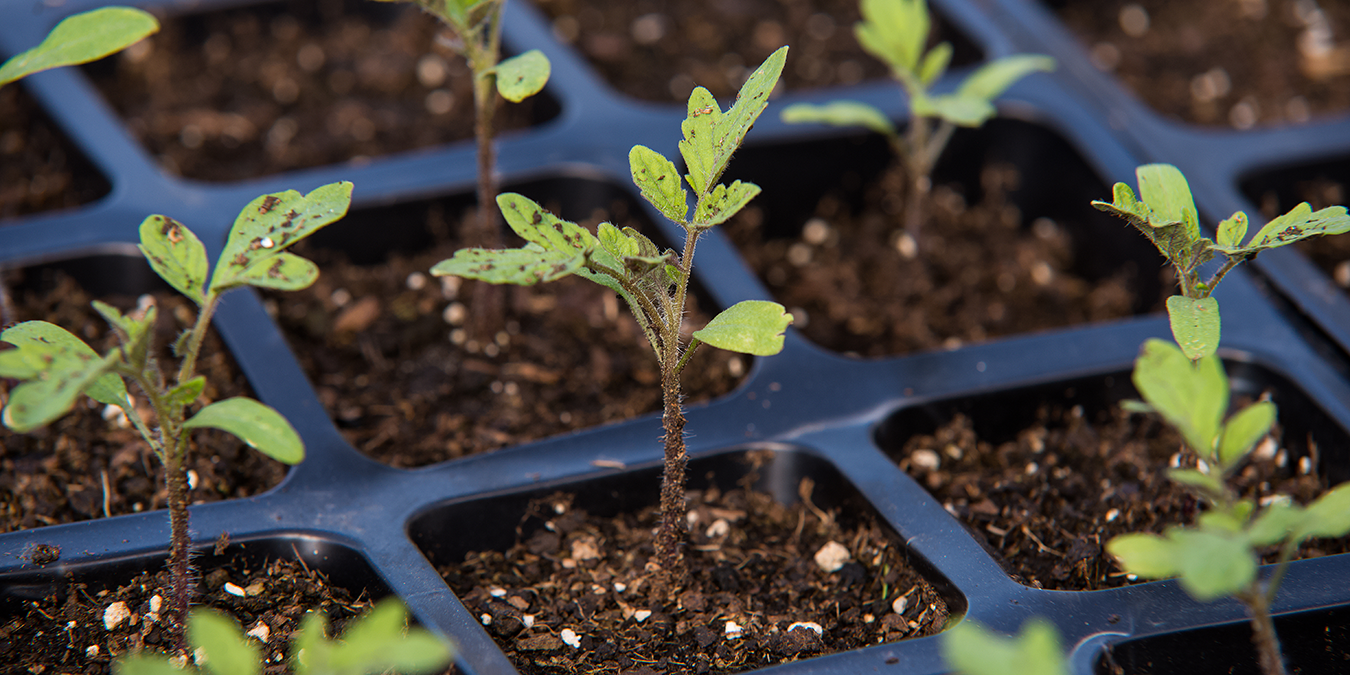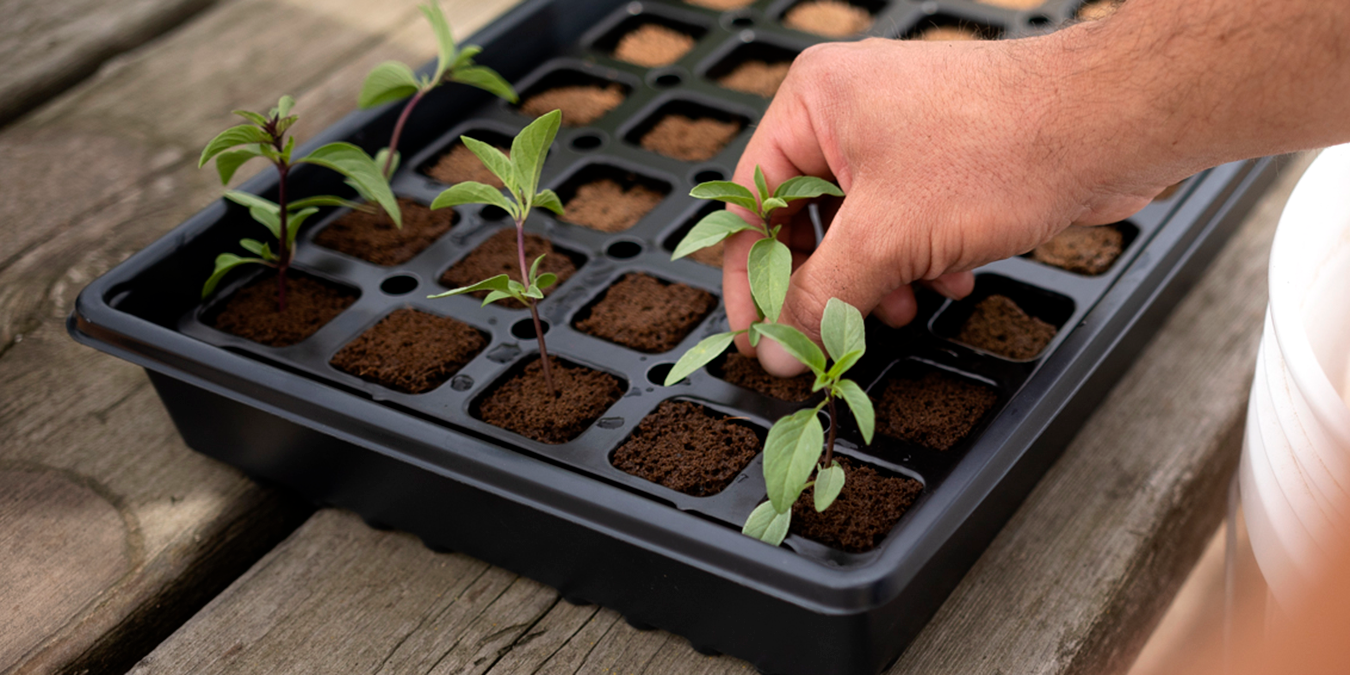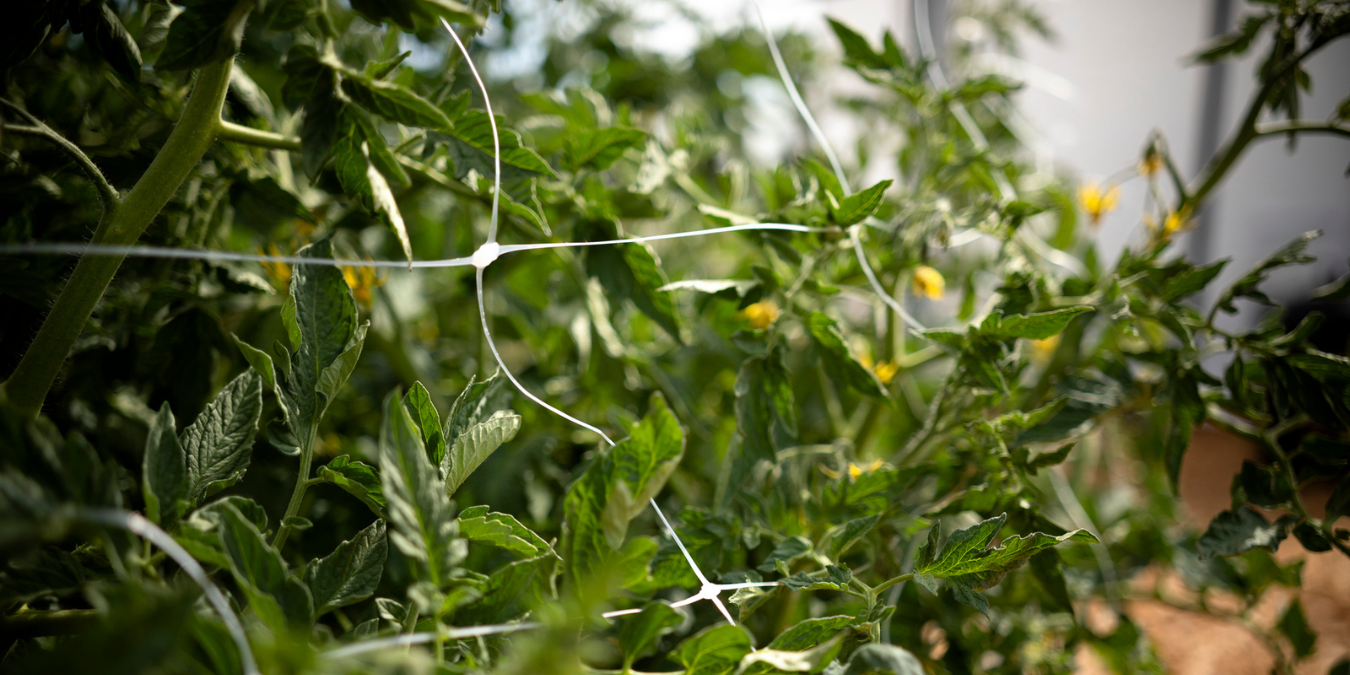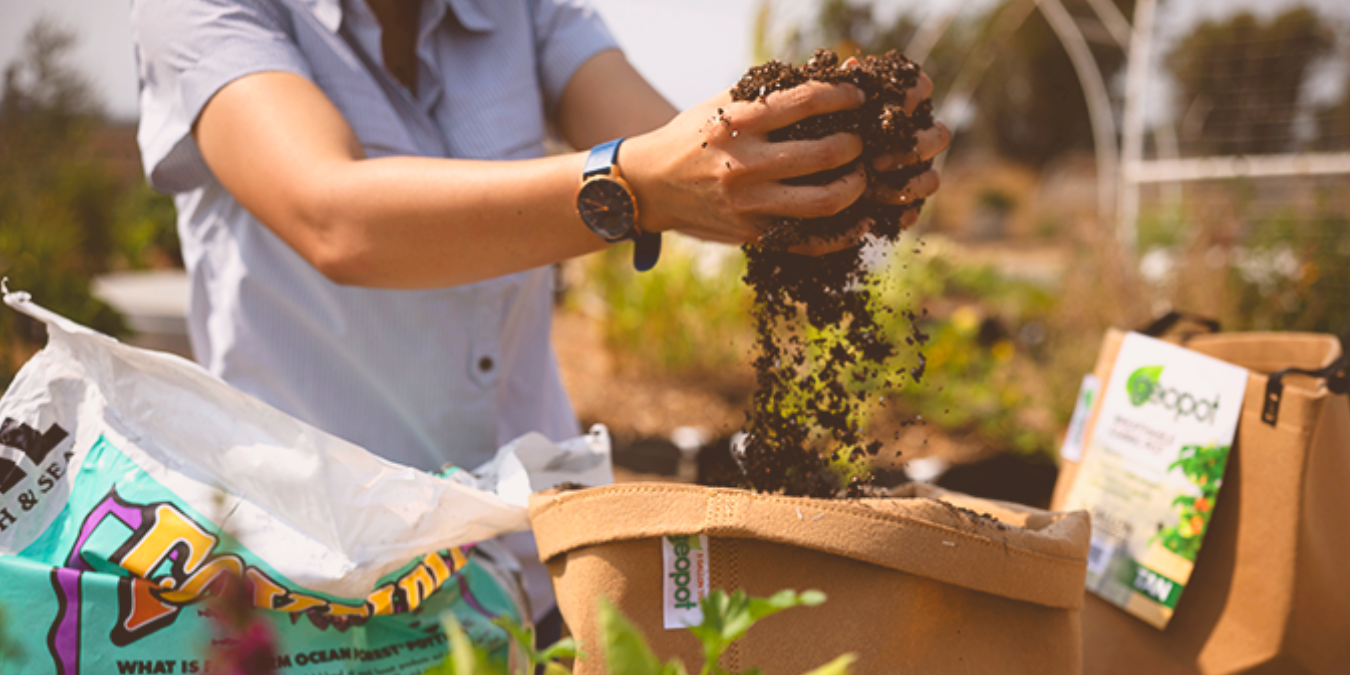6 Tips on Starting and Supporting Clones

Growers have been using vegetative propagation, also called cloning, throughout history to reproduce plants with desirable traits such as resilience, size, and resistance to pests. While this may sound like a complicated process available only to mad scientists, it’s actually quite simple.
Read on to find out how you can master the art of cloning!
So What is Cloning Anyway?
Don’t worry. It’s not all test tubes and microscopes! Vegetative propagation is achieved by taking leaf cuttings from the mother plant and rooting them (and rooting FOR them). This produces a new plant with the same genetic makeup as the mother plant, which is why it’s called cloning. This method is a grower-favorite tactic because it bypasses the seedling phase and allows the plants to mature faster, resulting in quick crop turnover!
Now that you get the basic idea, there are some important things to keep in mind when cloning your plants. Otherwise, your new babies might not survive. If you’re new to the process, or if you’ve tried to clone your plants without success, check out these tips to help you correct or avoid any future mistakes!
Tips for Cloning Plants Successfully
Make sure the mother plant is healthy. The mother plant should be healthy enough to remove the leaves without causing undue stress or, worse, killing her! A healthy mother is also important because you don’t want to be bringing pests or diseases over to your brand new crop.
Sterilize your tools. Like most babies, fresh cuttings are very sensitive to bacterial infection. Make sure you use a sterilized razor blade or trimming shears to make your cut, so you don’t contaminate the clone.
Keep water at the ready. Place the cutting into a glass of water immediately to prevent oxygen exposure. The cutting is extremely vulnerable at this early stage, so moving quickly is key. When you’ve made all your cuttings, then you can move them over to your preferred medium; plugs, rockwool, soil, or a hydroponics tray. Or even just leave them in water! You do you.
Introduce a rooting hormone. Plants naturally produce the hormones that help them establish roots when a cutting is taken, but that process can be sped up significantly by adding rooting hormone into the mix. If you grow organic, willow extract or honey will work. There are also synthetic rooting hormones that are generally easier to apply in gel, powder, or liquid forms.
Make sure light is available. Clones need plenty of natural light, so either place them where it’s readily available during daylight hours or use grow lights to mimic sunlight.
Make sure there’s adequate ventilation. Plants need air to both make and process food. If you have a dome over your growing tray, keep the ventilation open so the cuttings receive fresh air.
Get Cloning!
Cloning can be a fun and rewarding way to extend the life of your plants with new generations of growth, speed up your crop production, and even just share plants with your friends. We hope you find these tips helpful for your future cloning endeavors! Grab your lab coat and get your science on!






